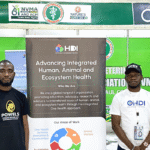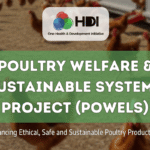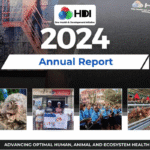Heavy Metal Contamination in Food: The Global Food Safety Challenge


Dr. Arya V S
Dr. Arya V S is currently doing a Master's degree in Veterinary Public Health and Epidemiology at Kerala Veterinary and Animal Sciences University, Pookode, Kerala, India. She is dedicated to combating antimicrobial resistance (AMR), advancing food safety, and advocating the One Health approach to achieve significant progress in veterinary science and public health.











